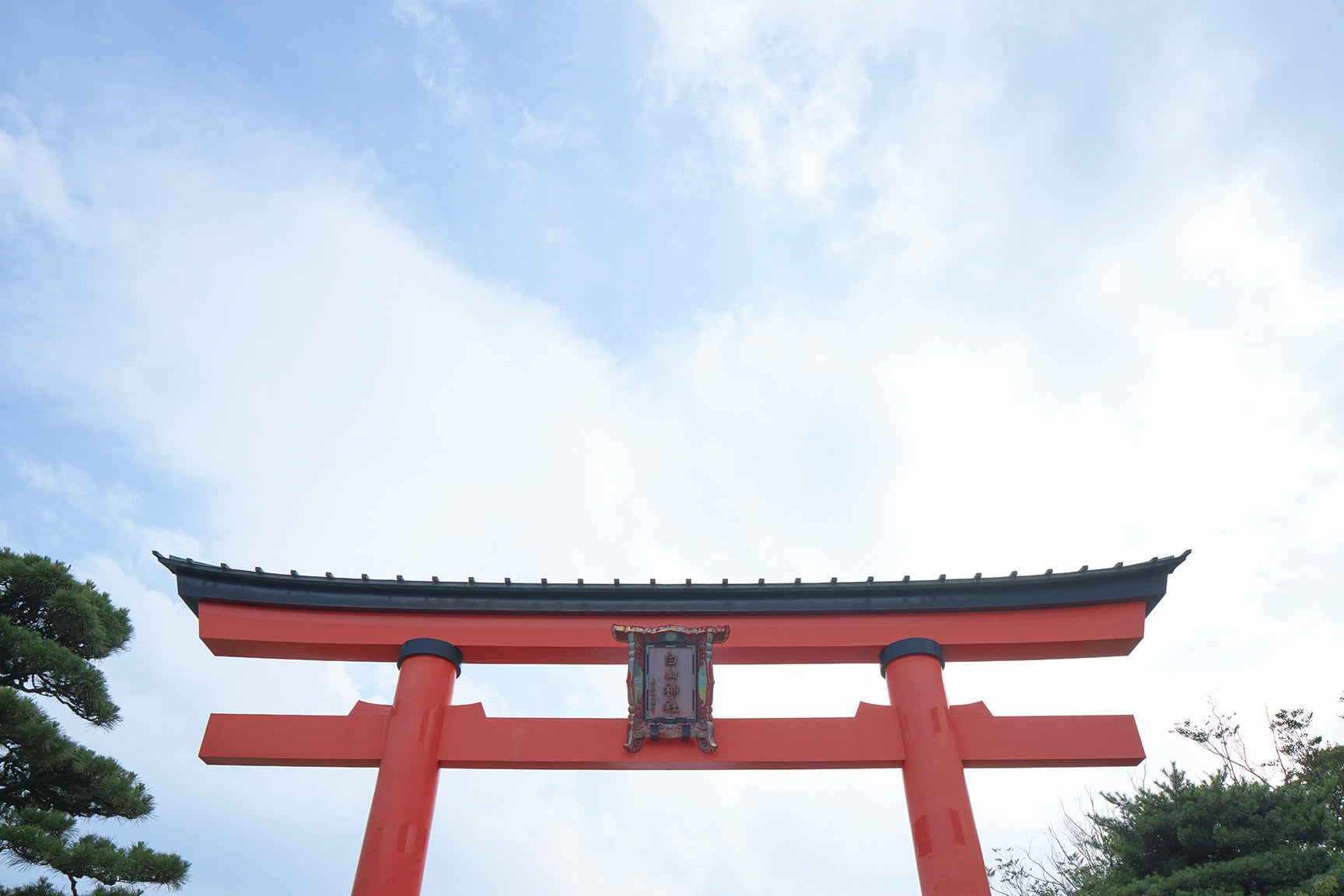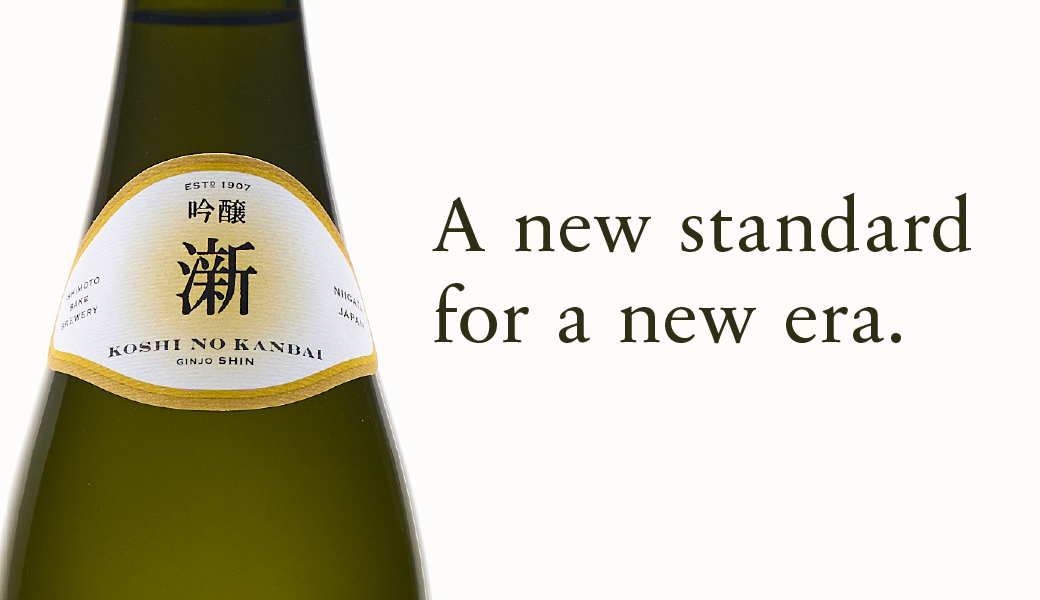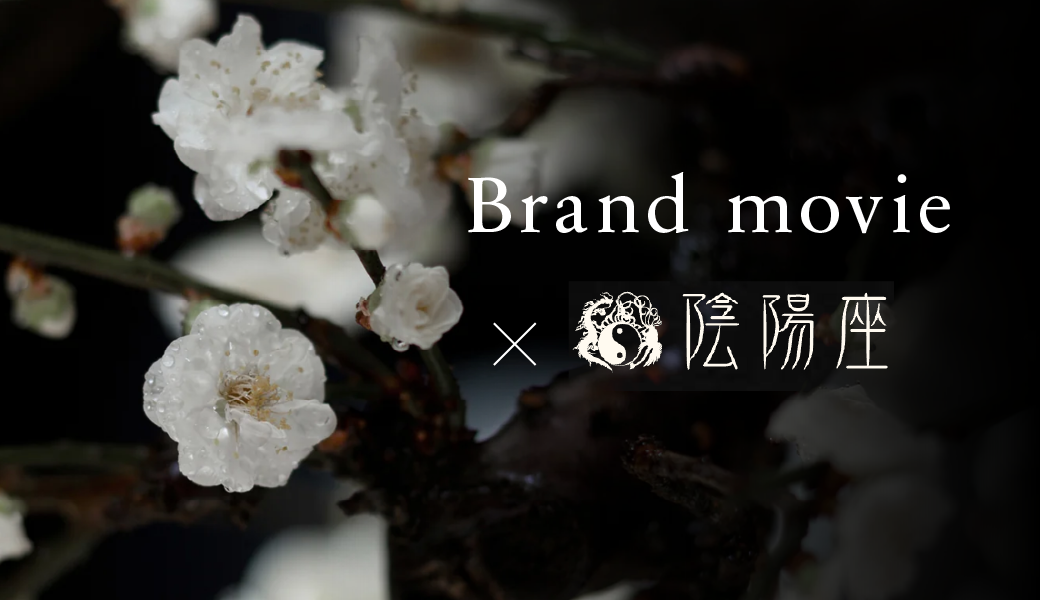For special days, and every day.
Niigata Hakusan Jinja, the largest Shinto shrine in Niigata City, uses Koshi no Kanbai for omiki, the sacred sake used in rituals. In this article, we explore the connections between Shinto’s divine kami spirits and Japanese sake and reveal how Koshi no Kanbai is perfect for both special occasions and day-to-day life in Niigata.
Hakusan-sama, Niigata's sacred heart.

Niigata’s Hakusan Shrine is affectionately called "Hakusan-sama" by locals, meaning "Lord Hakusan." Worship here started some 2,100 years ago.
This region on the Sea of Japan has served as a vital shipping lane for centuries. In the Edo period, trading ships called Kitamaebune would load up with marine products in Hokkaido then call at Niigata and other ports in the Tohoku region to take on rice. These products would go on to Osaka for sale, where the ships would load up on clothing and other goods for transport back north in a yearlong trading cycle. In today's terms, this trade is said to have generated a profit of over 100 million yen. However, in those days sailing was so dangerous that a popular saying went, "hell is only a plank's breadth away." A single storm could blow the ship to unknown seas, making it a truly perilous undertaking for all. On the southward journey in the Japan sea, trading ships stayed close to the coast. The biggest difficulty on that trip was the Noto Peninsula, which juts from Ishikawa Prefecture far into the sea. Passing it meant sailing out into the open sea, which increased the likelihood of hitting a storm. Stories say, though, that sailors used Ishikawa's highest mountain, Hakusan, as a landmark to find their bearings. The sailors would fold their hands in a prayer of gratitude upon spotting the mountain after weathering stormy seas, and Hakusan became known as a "kami of the seas." Eventually the worship of Mt. Hakusan spread from this region to the rest of Japan along the trade routes, and there are now over 3,000 shrines devoted to Hakusan. One of them was built in Niigata City some 1,200 years ago, long before the age of Kitamaebune, and that Hakusan Shrine now uses Koshi no Kanbai for their sacred omiki.
Blessed water of the kami.

"Omiki is sake that has received the spirit of the divinities, and drinking that sake is a symbol of receiving their power. Originally, omiki was shared at rites and festivals and toasting with omiki was a way for people to share and build bonds with each other," explains Hakusan Shrine’s head priest, Yoshitada Kobayashi.
The relationship between Ishimoto Sake Brewery and Hakusan Shrine began when the brewery’s staff visited to offer prayers to the god of sake enshrined there. After various fateful encounters, the shrine reached out to Ishimoto Sake Brewery in 2019.

Now, the brewery invites Head Priest Kobayashi to perform the annual Shuzo Anzen Kigansai, a ritual of prayer for a safe brewing season for the staff before brewing starts each October. Brewery president Tatsunori Ishimoto welcomed the request, noting, "We actually used to say in the company that we wanted to make sake worthy of offering to Hakusan-sama. And then, as if by some twist of fate, we made this miraculous connection."
As Head Priest Kobayashi explains, Japanese sake and the gods are inseparable. In fact, every sake brewery has a small Shinto altar called a kamidana in the brewing room that signifies it as a sacred space. Ishimoto says that he was forbidden from entering that space as a child. "That's why I am so happy that we have been asked to make omiki for Hakusan Shrine. It's like a dream come true. It has given us confidence and the determination to live up to this task without bringing shame upon ourselves." When it comes to the reactions of the worshippers, it seems they have only good things to say. While we were at the shrine preparing for this article, we heard whispers of "It's Kanbai!" when visitors spotted the bottles. It showed just how deeply the roots of Koshi no Kanbai run in the hearts of the people of Niigata.
Bringing peace to daily life.

Hakusan Shrine stands in central Niigata City, and many passersby stop to pray on their way to work or school. Head Priest Kobayashi shared some interesting history related to this interconnectedness with daily life.
"Niigata has more shrines and Buddhist temples than any other prefecture in Japan, about 4,700 in all. Basically, every region and every town has its own little shrines here and there, and such places are commonly rice farming villages where life follows the changing of the seasons through the year. In spring, people pray to the gods before planting, and in autumn they give thanks to the gods at the harvest. All through the year people have placed importance on the old festivals and rituals. Those all carry on to this day in one form or another. So, I think that the idea of co-existing with the gods is exactly right."
This vision of Hakusan Shrine, with visitors stopping by to pray as part of the rhythm of daily life, may well be the traditional way of life for all of Niigata. At the same time, Hakusan Shrine differs from other shrines in some ways. When we visited in July, Hakusan Shrine was hosting the Tanabata Furin Matsuri, a unique take on Japan's Star Festival using decorative wind chimes. The shrine’s grounds were filled with an incredible number of wind chimes that filled the air with the tinkling sounds of rain. It was a rare and beautiful sight that created a vibrant atmosphere at the shrine.

Head Priest Kobayashi explains, "Each year, from the late rainy season to its conclusion, we hold a summer festival at Hakusan Shrine, but there are really very few visitors during the rainy season. And in the old days we used to see lots of children coming with their grandfathers, but now there is so much other entertainment... So, we thought, what if we could use wind chimes to help create a summer atmosphere at the shrine? We talked to a local wind chime-maker, and they immediately agreed. Now we are in the seventh year." Looking around the grounds of the shrine, we see couples pushing baby strollers, older couples, people in wheelchairs, and more, all wandering the grounds even though it’s a weekday. "I'm sure most don't have any specific prayers. They have just stopped by to pray for their family's health, as part of their daily routine. It's like a return to the shrines of the old days," reflects Head Priest Kobayashi.

Finally, we asked Kobayashi about the commonalities between Hakusan Shrine and Koshi no Kanbai. "At Hakusan Shrine, we have special occasions, like festivals, and we also have people who just stop by on the way home from school. We are a shrine that serves all kinds of needs. In the same way, Koshi no Kanbai is something that brightens ordinary days. That way of bringing a touch of peace to daily life, I think, is something we share."





